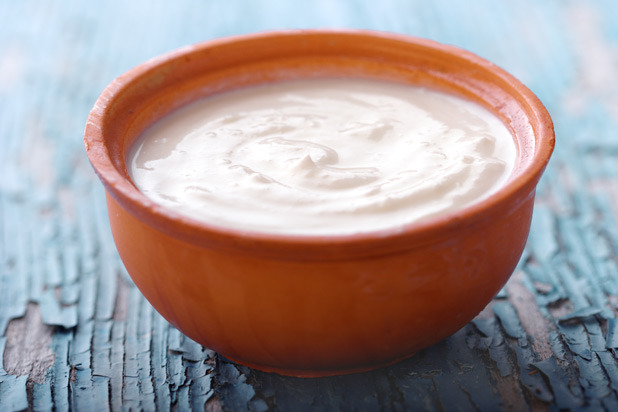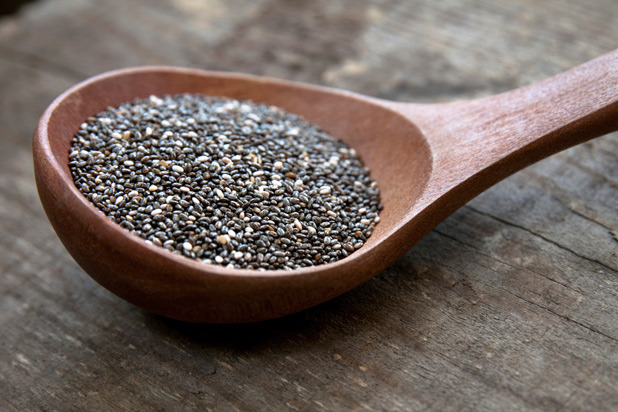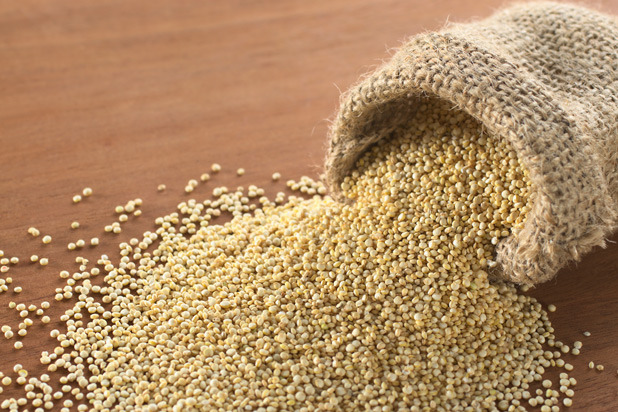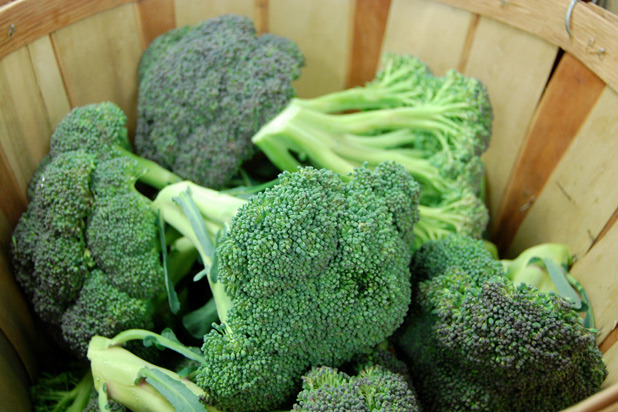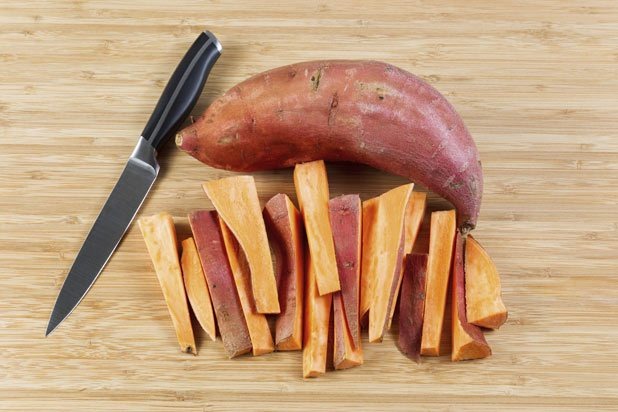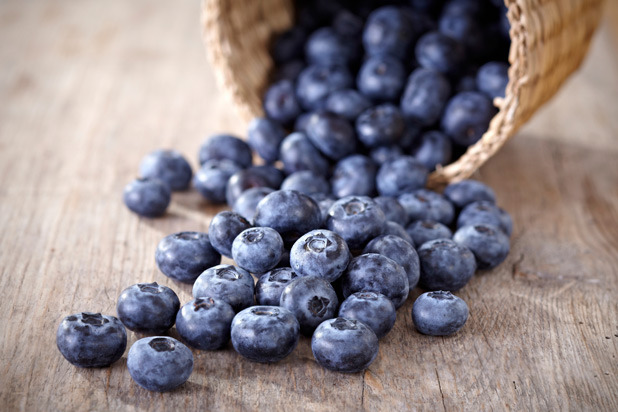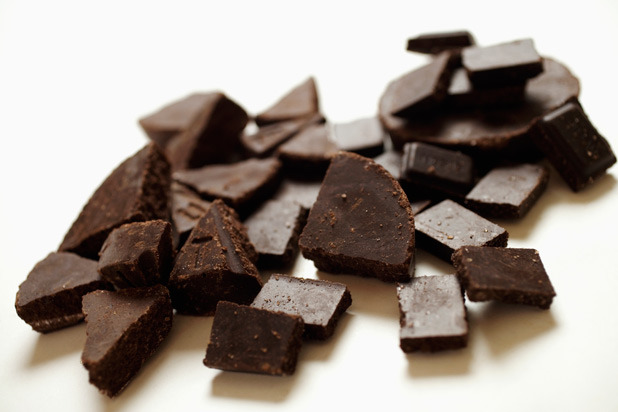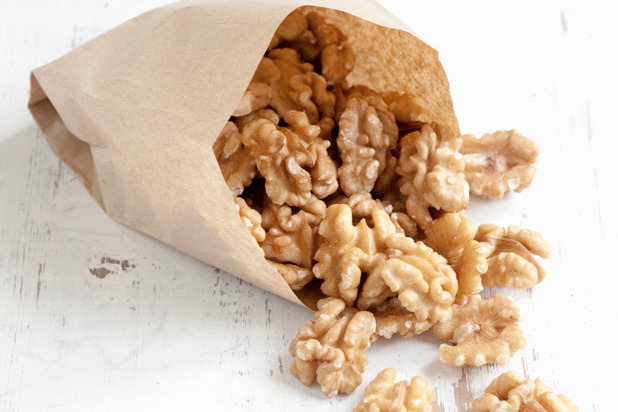Where Superfoods Come From (Slideshow)
Yogurt is regarded as one of the oldest foods known to the human race, with the earliest form reportedly made in Mesopotamia estimated at 5000 B.C. The word yogurt comes from a Turkish word that means to curdle or to thicken, and yogurt has been a popular part of Middle Eastern and Mediterranean cuisine for a long time. Several countries have since adopted different variations of yogurt, from thick and sour to creamy and smooth. Low-fat, plain yogurt has long been considered a real superfood, and within recent years, the protein-packed Greek yogurt has become very popular around the world. In Greece, yogurt has been (and still is) used in many traditional recipes, and is often eaten for breakfast with honey.
Chia Seeds
Though the omega-3-packed chia just recently became a widely known superfood in America, these little seeds were a staple food, along with corn and beans, in the diets of the Aztecs and Mayans. Most evidence shows that chia seeds date back to around 3500 B.C., when Aztecs and Mayans actually considered chia seeds to be "magical" because of their ability to increase stamina and energy over long periods of time. Chia is believed to have gotten its name from the Mayan word for "strength."
Quinoa
With a protein value equal to that of milk, and packed with nutrients and vitamins, quinoa is definitely a health-packed little grain. The first use of quinoa can be traced back to about 5,000 years ago in Bolivia, Peru, and Colombia, where it was a staple part of the Incan diet.
Broccoli
You either hate it or love it, but either way, broccoli is really good for you. As with all cruciferous vegetables (cauliflower, cabbage, kale...), broccoli contains cancer-fighting properties, as well as plenty of vitamins, and is very low in calories (only 30 per cup). The roots of broccoli, botanically known as Brassica oleracea italica, go back to Italy, were it was first engineered from a type of cabbage. Commercial cultivation of broccoli in the United States started in the early 1920s.
Sweet Potatoes
The earliest records of cultivation of the vitamin-, mineral-, and fiber-packed sweet potato date back to 750 B.C. in Peru, and some archeological evidence seems to suggest that the sweet potato was grown even earlier, around 2500 to 1850 B.C. Explorer Christopher Columbus then found the sweet potato upon his arrival to America, and brought it back to Europe, where for a long time it was referred to as just a "potato."
Blueberries
It is estimated that blueberries have been growing in North America for more than 13,000 years, and that Native Americans used blueberries, leaves, and roots for medicinal purposes. These "super berries" are packed with antioxidants, vitamin C, and potassium.
Dark Chocolate
Dark chocolate (when eaten in small amounts) can actually be really good for you, as cocoa beans contain high amounts of antioxidant super-nutrients known as flavonoids. Chocolate and cocoa that is rich in flavonoids has been shown to have anti-clotting and anti-inflammatory effects, which in theory could lower the risk of heart disease. The history of chocolate goes back about 3,000 years, when people in Central America made seeds from the cacao tree into a drink known as xocolatl or "bitter water." After the Spanish conquest, cocoa beans were brought back to Europe, and after a long time of purely using chocolate in a liquid format, the first actual solid chocolate was created in Italy in the late 18th century.
Walnuts
Nuts, and particularly walnuts, are known to have great health benefits, and could possibly even help prevent cardiovascular diseases and cancer. The walnut tree is the oldest food tree, dating back to 7000 B.C. It is believed that the English walnuts came from ancient Persia, where they were eaten by royalty. Walnuts were also traded along the Silk Road route between Asia and the Middle East. The "super nut" found its way to America much later, and was first cultivated in California in the late 1700s.
